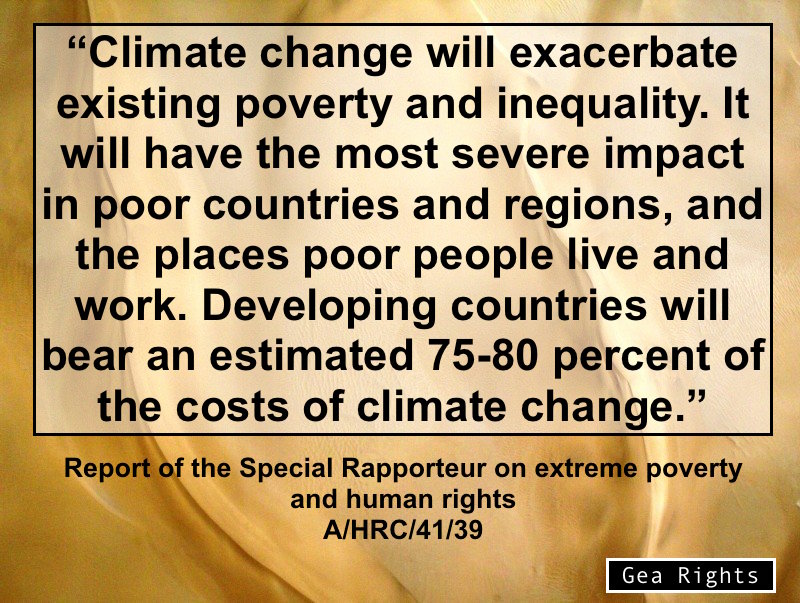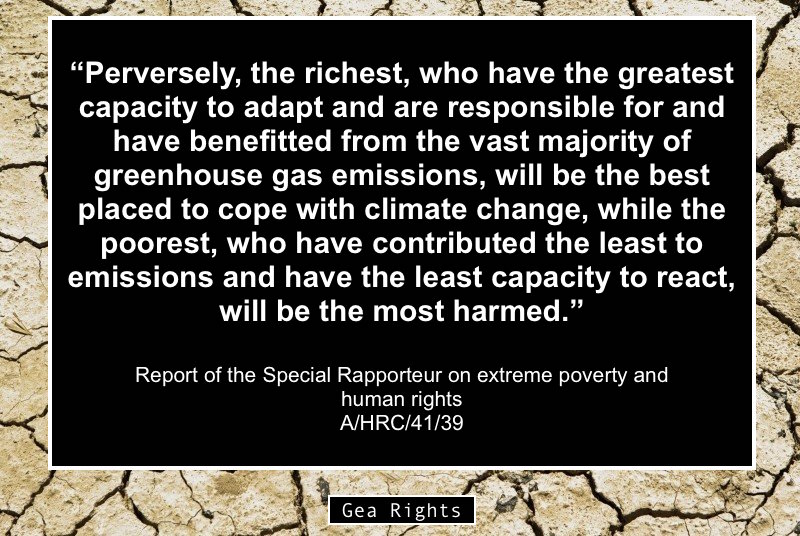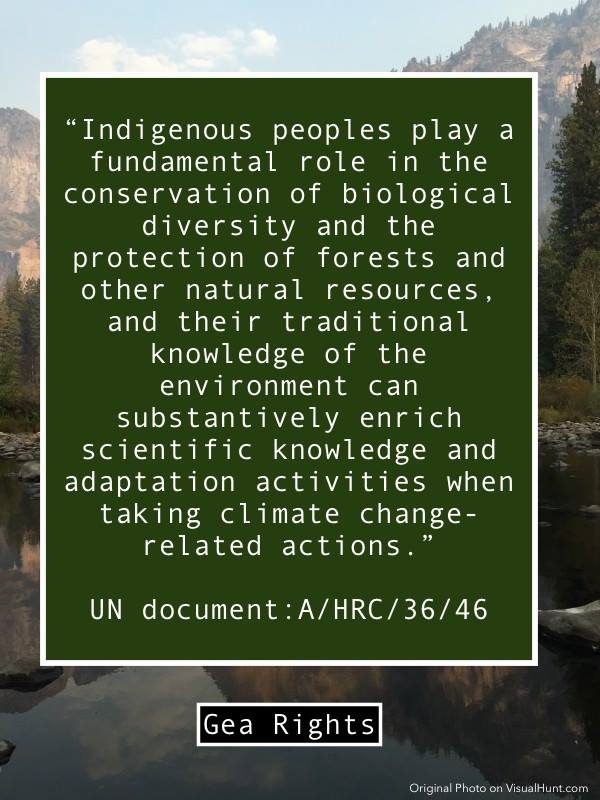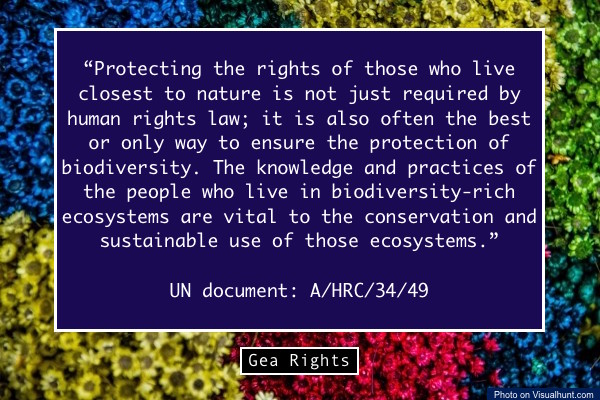In Decision VII/16 E Annex “Elements of a Plan of Action for the retention of traditional knowledge, innovations and practices embodying traditional lifestyles relevant for the conservation and sustainable use of biological diversity”, the COP considered a Plan of Action in order to:
(a) facilitate synergy between existing initiatives aimed at halting the loss of and encouraging the retention and use of knowledge, innovations and practices of indigenous and local communities embodying traditional lifestyles relevant for the conservation and sustainable use of biological diversity;
(b) provide further practical guidance, respectful of indigenous and local communities’ perspectives, for the implementation of the programme of work on the implementation of Article 8(j) and related provisions as it relates to the retention of knowledge, innovations and practices of indigenous and local communities embodying traditional lifestyles relevant for the conservation and sustainable use of biological diversity.
The COP points out the following elements of the Plan of Action and invites Parties, Governments and relevant organizations to take these elements into consideration when deciding upon activities to protect traditional knowledge, innovations and practices:
- A. Improved monitoring and reporting process;
- B. Indicators on the state of retention of TK;
- C. Research Ethics;
- D. Research on and implementation of mechanisms and measures to address the underlying causes of the decline of traditional knowledge, innovations and practices;
- E. Capacity-building, education and training.
In Decision VIII/5 B II paragraph 9, the COP notes with appreciation the advancement of many elements of the Plan of Action and urges Parties and Governments to take appropriate measures to further advance them.
The COP also requests the Executive Secretary to take into consideration comments made at the fourth meeting of the Working Group, and to continue gathering and analysing information, in consultation with Parties, Governments, indigenous and local communities, with a view to further developing the plan of action, giving priority to sections B and D, and to report on the advancement of this task to the Working Group at its fifth meeting. It is also requested that the Executive Secretary collaborates with Parties in convening, subject to the availability of financial resources, regional and subregional workshops to assist indigenous and local communities in capacity-building, education and training, with particular emphasis on the participation of women from indigenous and local communities.
In Decision IX/13 the COP decides to give priority on section E of the Plan of Action, with particular attention on capacity-building. The COP also invites Parties and Governments, with the input of indigenous and local communities, to report on positive measures for the retention of TK, and indicates in the Annex some possible measures, such as:
- (a) Strengthening traditional health-care systems based on biodiversity.
- (b) Strengthening opportunities to learn and speak indigenous and local languages.
- (c) Culturally appropriate sport and tourism policies.
- (d) Research on indigenous and local communities way of life and their environment.
- (e) Building of culturally appropriate business structures within indigenous and local communities (such as cooperatives).
- (f) Developing technologies that focus on traditional methods of cultivation, harvesting and post-harvesting activities (i.e., storage and seed preparation activities).
- (g) Re-establishment of traditional spiritual/religious institutions.
- (h) Creation of media, such as radio, newspapers and television stations controlled by indigenous and local communities and with traditional content, according to national law.
- (i) Creation of protected areas, nature parks and others, in consultation with indigenous and local communities and also involving them in their management, consistent with national law.
- (j) Initiatives bringing together women, youth and elders.
- (k) Promotion of the creation of businesses offering traditional products and services.
- (l) Strengthening institutions that foster traditional collection and distribution of food, traditional medicine and other resources.
- (m) Culturally appropriate education-curriculum development and implementation initiatives, in indigenous and local communities.
- (n) Initiatives of indigenous and local communities for culturally appropriate and sustainable development.
Photo credit: red11group on Visualhunt.com / CC BY-SA







Leave a Reply